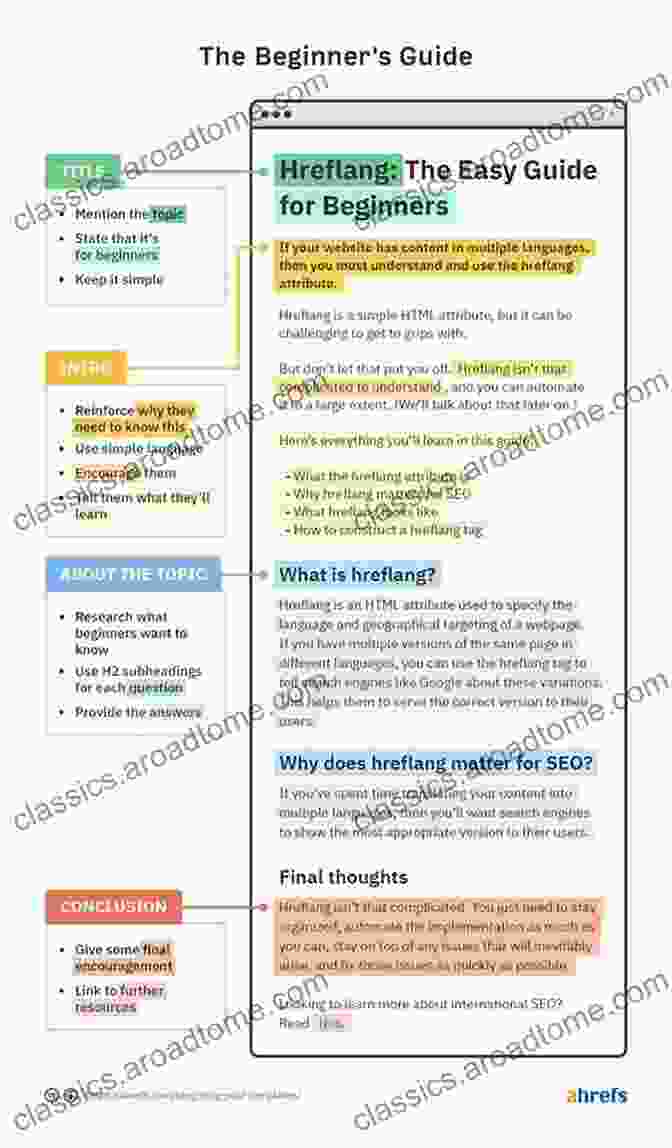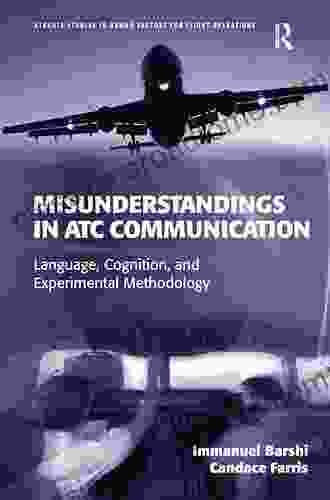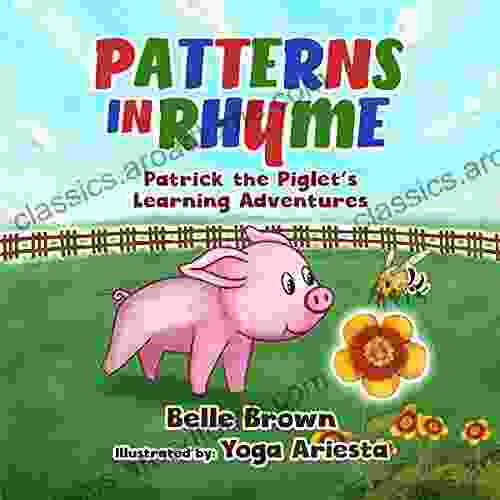Accounting Basics: The Simple Guide for Beginners


Accounting is the language of business. It's a way of recording and reporting financial transactions. By understanding accounting, you can gain insights into the financial health of a business and make informed decisions about your own finances.
This guide will teach you the basics of accounting, including:
* The different types of financial statements * The accounting equation * The double-entry bookkeeping system * The accounting cycle * How to read financial reports
The Importance of Accounting
Accounting is important for several reasons. First, it provides a way to track the financial activities of a business. This information can be used to make informed decisions about the business, such as how to allocate resources and how to set prices.
Second, accounting can help you to identify financial problems and opportunities. By understanding the financial statements of a business, you can see where the business is ng well and where it needs to improve. This information can help you to make better investment decisions and avoid financial risks.
Third, accounting can help you to communicate with others about financial matters. The financial statements are a standardized way of reporting financial information. This makes it easier for different people to understand and compare the financial performance of different businesses.
The Basics of Accounting
The accounting equation is the foundation of accounting. It states that:
Assets = Liabilities + Equity
Assets are the resources that a business owns. Liabilities are the debts that a business owes. Equity is the difference between assets and liabilities.
The double-entry bookkeeping system is a method of recording financial transactions. In the double-entry bookkeeping system, each transaction is recorded twice, once as a debit and once as a credit. This ensures that the accounting equation always remains in balance.
The accounting cycle is the process of recording, classifying, and summarizing financial transactions. The accounting cycle typically consists of the following steps:
1. Recording transactions in the journal 2. Posting transactions to the ledger 3. Preparing trial balance 4. Adjusting entries 5. Preparing financial statements 6. Closing entries
How to Read Financial Reports
Financial reports are used to communicate financial information to external users, such as investors and creditors. The three most common financial reports are the balance sheet, the income statement, and the cash flow statement.
Balance sheet provides a snapshot of the financial health of a business as of a specific date. It shows the assets, liabilities, and equity of the business.
Income statement shows the revenues and expenses of a business over a specific period of time. It shows the net income or loss of the business.
Cash flow statement shows the cash inflows and outflows of a business over a specific period of time. It shows the net cash flow of the business.
By understanding how to read financial reports, you can gain insights into the financial health of a business and make informed decisions about your own finances.
Accounting is a valuable tool for managing your finances. By understanding the basics of accounting, you can make informed decisions about your own finances and avoid financial risks.
Call to Action
If you want to learn more about accounting, I encourage you to read my book, "Accounting Basics: The Simple Guide for Beginners." This book will teach you everything you need to know about accounting, from the basics to the more advanced topics.
Do you want to contribute by writing guest posts on this blog?
Please contact us and send us a resume of previous articles that you have written.
 Book
Book Novel
Novel Page
Page Chapter
Chapter Text
Text Story
Story Genre
Genre Reader
Reader Library
Library Paperback
Paperback E-book
E-book Magazine
Magazine Newspaper
Newspaper Paragraph
Paragraph Sentence
Sentence Bookmark
Bookmark Shelf
Shelf Glossary
Glossary Bibliography
Bibliography Foreword
Foreword Preface
Preface Synopsis
Synopsis Annotation
Annotation Footnote
Footnote Manuscript
Manuscript Scroll
Scroll Codex
Codex Tome
Tome Bestseller
Bestseller Classics
Classics Library card
Library card Narrative
Narrative Biography
Biography Autobiography
Autobiography Memoir
Memoir Reference
Reference Encyclopedia
Encyclopedia Ann Ehrlich
Ann Ehrlich Andrew Degraff
Andrew Degraff Angel A Yummy Vegan
Angel A Yummy Vegan Lisa M Hermsen
Lisa M Hermsen Jess Miller
Jess Miller Bruce M Caplan
Bruce M Caplan John Dinges
John Dinges David Dorian Ross
David Dorian Ross Amina G
Amina G Andrew Lacey
Andrew Lacey Andy Rathbone
Andy Rathbone Andreas Dormann
Andreas Dormann Lucius Annaeus Seneca
Lucius Annaeus Seneca Bob Seidensticker
Bob Seidensticker Ellen L Bowen
Ellen L Bowen Angela Privin
Angela Privin R W Haywood
R W Haywood Andrei A Orlov
Andrei A Orlov David Nolan
David Nolan Andrea Zanatelli
Andrea Zanatelli
Light bulbAdvertise smarter! Our strategic ad space ensures maximum exposure. Reserve your spot today!

 Ernest PowellSoul Cleansing Secrets No One Talks About: How to Cleanse Negative Energy...
Ernest PowellSoul Cleansing Secrets No One Talks About: How to Cleanse Negative Energy... Harold PowellFollow ·18.1k
Harold PowellFollow ·18.1k Nathaniel PowellFollow ·4.5k
Nathaniel PowellFollow ·4.5k Jeremy MitchellFollow ·19.1k
Jeremy MitchellFollow ·19.1k Edwin CoxFollow ·11.8k
Edwin CoxFollow ·11.8k Kenzaburō ŌeFollow ·14.5k
Kenzaburō ŌeFollow ·14.5k Seth HayesFollow ·17.3k
Seth HayesFollow ·17.3k Charles BukowskiFollow ·3.4k
Charles BukowskiFollow ·3.4k Edward ReedFollow ·16.1k
Edward ReedFollow ·16.1k

 Braden Ward
Braden WardThe True Story of Murder and Betrayal
In a small town where...

 W. Somerset Maugham
W. Somerset MaughamUnraveling the Complexities of Human Language: A...
Language is a fundamental aspect of human...

 Ibrahim Blair
Ibrahim BlairTrue Crime Tales That Will Keep You on the Edge of Your...
Prepare to be...

 Rick Nelson
Rick NelsonPatterns In Rhyme: A Journey of Discovery with Patrick...
Welcome to the...

 Edgar Hayes
Edgar HayesWithout Pity: Unmasking the Evil Within
In the realm of true...

 Cooper Bell
Cooper BellFannie Lou Hamer's Indelible Legacy: Unraveling the...
The Black Freedom Movement, a pivotal...









